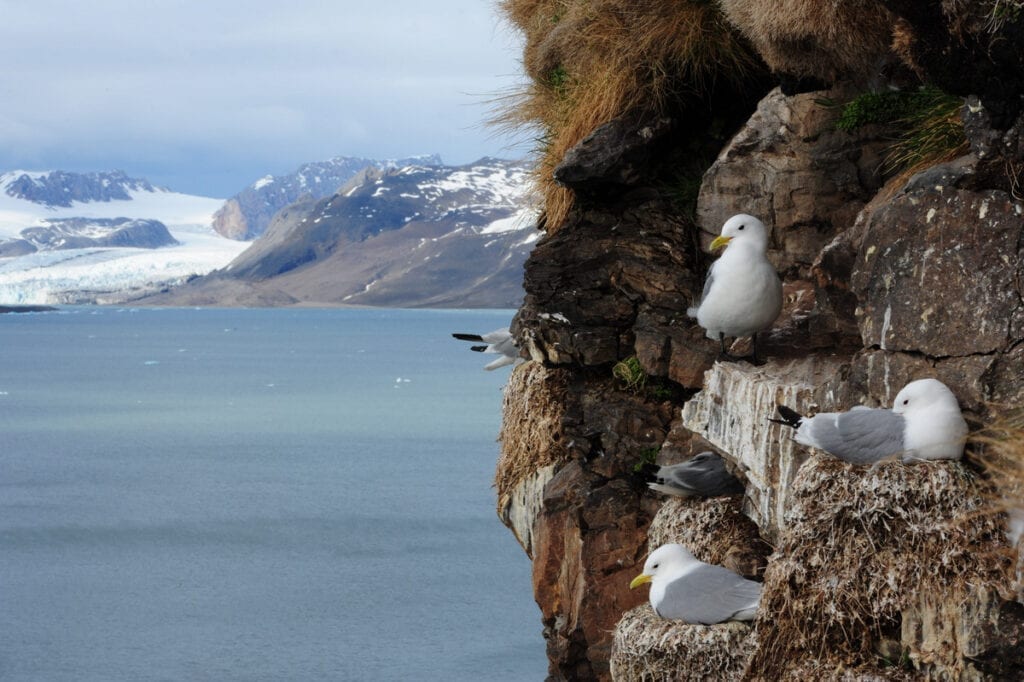Kittiwake breeding success influences timing of winter migration
An international group of researchers has collaborated a study of the degree to which kittiwake breeding success one year influences migration patterns in the following autumn, winter and spring. They found that the effect of breeding success on migration timing was stronger in the first part of winter than later, but the effect varied between populations.
In biology, the term ‘carry-over effects’ implies that events in one season have consequences in subsequent seasons. Carry-over effects may be of importance for demography in wild ranging animal populations, and the effects may persist beyond the first season after the event took place. Geolocation logger data from black-legged kittiwakes in ten colonies in the northeast Atlantic was recently used to assess potential carry-over effects on migration timing, choice of wintering grounds and breeding success in the subsequent season.
Read the article:
Regardless of breeding success, the kittiwakes in this study mainly wintered in the northwest Atlantic Ocean. The researchers discovered that from the colonies in the southwest of the study area (Iceland, Faroe Islands and UK), unsuccessful breeders left the colony earlier and arrived at the wintering grounds sooner than successful breeders. This was not as apparent in colonies in North-Norway and Svalbard, but one should bear in mind that light-based geolocation tags are normally not capable of registering when the birds leave colonies that far north. The study results are interesting because they demonstrate that post-breeding migration strategy in kittiwakes is subject to complex mechanisms and that the consequences of breeding failure may vary between populations.
Contact person: Børge Moe, NINA
